
There are different types of synthesizers – for every taste, every style of music, and every budget. But which one is right for you? Due to its specific features, a synth that is just right for one thing can be totally useless for something else. To help you find the right synth for your musical endeavours, we take a look at various types of synths and the differences between them.
1. Monophonic analogue synths
An analogue synthesizer creates and shapes sounds using analogue electronic circuits. Many believe that this method produces particularly organic, powerful sounds that – despite all technological advances – cannot be achieved by digital means. In recent years, analogue synthesizers have become much more affordable and have experienced an unprecedented surge in popularity. By the way, the term “analogue” only refers to those parts of the synth that are actually involved in creating the sound. This means that even analogue synths can contain some digital components, for example for patch memory, MIDI control, or the sequencer. Analogue synthesizers are best suited for sounds that are meant to sound electronic – they don’t work very well for emulating the sounds of acoustic instruments.
Monophonic analogue synthesizers are often quite affordable. This is in part due to the fact that they’re monophonic, meaning they can only produce one note at a time. While this does mean that you cannot play chords on them, they’re perfect for basses, lead sounds, and sequences. After all, being monophonic didn’t stop the Minimoog or Korg MS-20 from becoming synthesizer legends! Another advantage is that monophonic analogue synths are often relatively easy to use and even beginners will have no trouble finding their way around.
2. Polyphonic analogue synths
Polyphonic Analog Synthesizers also produce sounds using analogue circuitry, but with several voices, which makes it possible to play chords. This means that they must contain the analogue circuits several times – once for each voice. That’s why polyphonic analogue synths are much more complex and also usually more expensive than their monophonic siblings.
Some of the most famous synths in history were polyphonic analogue synths, e.g. the Sequential Circuits Prophet-5, Oberheim OB-8, or Roland Jupiter-8. Today, several manufacturers are offering synths of this kind again. Just like in the golden age of analogue, many of them are among the most exquisite instruments the synth market has to offer. But there are also some more affordable alternatives that offer great value for the money.
3. Virtual-analogue synths: Analogue, but digital
A virtual-analogue synthesizer doesn’t produce its sounds by analogue means. Instead, a digital processor calculates and emulates the behaviour of analogue circuitry using algorithms. The biggest advantage of this method is that higher voice counts are relatively easy to achieve – it all comes down to how powerful the processor is. The structure and panel layout of virtual-analogue synths is often derived from their analogue counterparts. Among the biggest classics of this genre are the Clavia Nord Lead, Roland JP-8000, and of course the synth that has enjoyed by far the longest production run of all, the legendary Korg microKORG.
4. Sample-based synths: Huge variety of sounds
Sample-based synths are also digital synths. Unlike their virtual-analogue counterparts, however, they do not emulate the behaviour of analogue circuits. Instead, these synths produce sounds by playing back pre-recorded samples from memory at the desired pitch and volume. The biggest advantage of this method, which became popular in the 1980s, is that it works well for reproducing the sound of acoustic instruments. Besides a high voice count, sample-based synths are characterised by their versatility. If you’re looking for a synth that can deliver authentic-sounding pianos or strings in addition to synthetic sounds, a sample-based synth is the right tool for the job. That’s why this type of synth is especially popular with gigging keyboard players who need a wide variety of sounds on stage.
5. Synthesizer workstations: All-in-one production machines
Auch die meisten sogenannten Synthesizer-Workstations arbeiten überwiegend mit Samples – alles, was samplebasierte Synthesizer auszeichnet, gilt also auch für diese Instrumente. Einige moderne Workstations bieten zusätzlich weitere Verfahren der Klangerzeugung wie virtuell-analoge oder FM-Synthese.
Most so-called synthesizer workstations are also mainly sample-based – everything that characterises sample-based synths also applies to these instruments. In addition, some modern workstations also incorporate other synthesis methods like virtual-analogue or FM
Außerdem gehören zur Ausstattung einer Synthesizer-Workstation in der Regel ein integrierter MIDI-Sequenzer sowie eine umfassende Effektsektion. Manche Geräte der Oberklasse verfügen darüber hinaus über Funktionen wie Mehrspur-Audio-Recorder oder eine Sampling-Engine zum Erstellen eigener Sounds. Somit ermöglichen Synthesizer-Workstations das Erstellen kompletter Produktionen mit nur einem Gerät. Aufgrund ihrer Fähigkeit, so gut wie jeden Sound zu erzeugen, den man sich vorstellen kann, sind sie aber auch bei Live-Keyboardern sehr beliebt.
Other features of a synthesizer workstation are a multitrack MIDI sequencer and a fully-featured effects section. Some of the most advanced instruments also include features like multitrack audio recording or a sampling engine for creating your own sounds. Synthesizer workstations make it possible to produce an entire track using only a single instrument. Due to their ability to produce nearly any sound you could possibly imagine, they’re also very popular with live players.
6. Other digital synths: FM and wavetables
Besides virtual-analogue and sample-based synthesis, there are several other digital synthesis methods, the most popular being FM and wavetable synthesis. FM synthesis had its breakthrough in the 1980s with the famous Yamaha DX7 – one of the best-selling synths of all time. Who doesn’t remember the crystal-clear electric piano that graced nearly all power ballads of the ‘80s from Phil Collins to Whitney Houston? Today, FM synthesis is especially popular in the dance and EDM genres due to its ability to deliver thumping basses and piercing leads. That’s why several manufacturers now offer a variety of FM-based synths again.
Like FM, wavetable synthesis initially became popular in the ‘80s and ‘90s with legendary instruments like the PPG Wave and Waldorf Microwave. This synthesis method uses so-called wavetables, which are pre-defined sets (tables) containing many different digital single-cycle waveforms. The synthesizer can then move through these wavetables either manually or automatically, seamlessly morphing between the various waves by means of interpolation. This is why wavetable synthesis is capable of a wide variety of sounds. It’s best known for complex sounds with lots of motion. Like FM synthesis, wavetable synthesis is now very popular again. Modern wavetable synths can often import custom wavetables or even let you create your own, which further expands the sonic possibilities.
7. Hybrid synths: The best of both worlds
A hybrid synth is a synth that incorporates both analogue and digital elements. While there are various concepts, the most common is a combination of digital oscillators and analogue filters. This gives you the best of both worlds: the versatility of digital oscillators and the organic, raw sound of analogue filters. One could perhaps say that hybrid synths are the definitive answer to the endless discussions about what’s best, digital or analogue. Instead of limiting yourself by sticking to one or the other, simply use what works best from both worlds. And the massive sound of modern hybrid synths is proof that there’s much to like about this idea.
Find all the types of Synthesizers in our Thomann shop!
Consultation at Thomann: Questions about synthesizers?
Do you still have questions about synthesizers? Do you need advice to find the right synth for you and your music? Our team in the studio department is happy to advise you – and it’s non-binding. Just get in touch with us!
E-Mail: studio@thomann.de
Tel: +49 9546 9223-30
Find all the types of Synthesizers in our Thomann shop!
Thomann Synthesizer Channel
You are currently viewing a placeholder content from Youtube. To access the actual content, click the button below. Please note that doing so will share data with third-party providers.
Your Feedback 💬
Which synthesizers do you use, which synthesis method do you prefer, and why? Let us know in the comments!
2 comments
Leave a Reply
You are currently viewing a placeholder content from Facebook. To access the actual content, click the button below. Please note that doing so will share data with third-party providers.
More InformationYou are currently viewing a placeholder content from Instagram. To access the actual content, click the button below. Please note that doing so will share data with third-party providers.
More InformationYou are currently viewing a placeholder content from X. To access the actual content, click the button below. Please note that doing so will share data with third-party providers.
More Information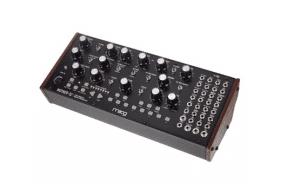
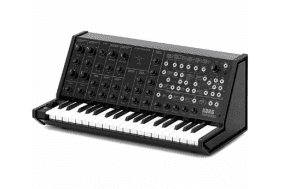
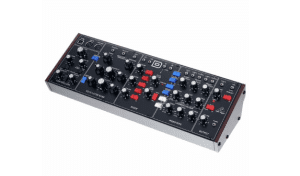
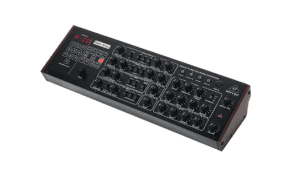
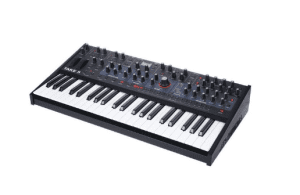
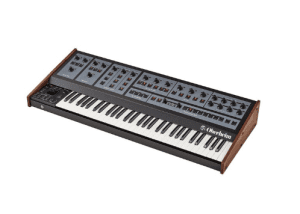
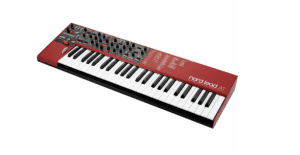
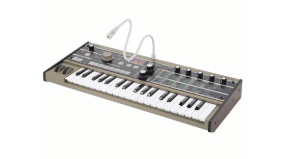
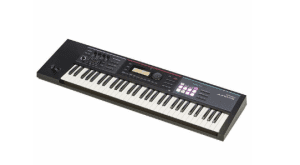
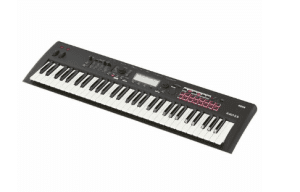
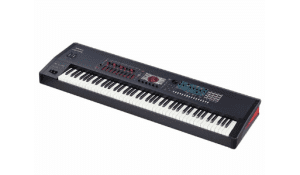
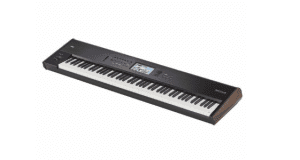
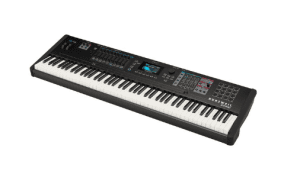
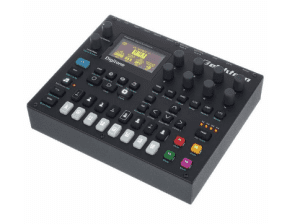
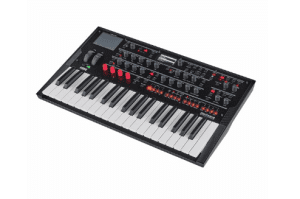
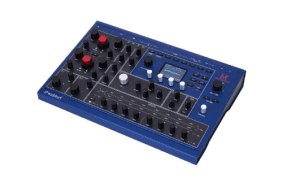
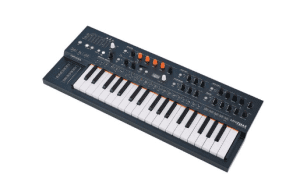
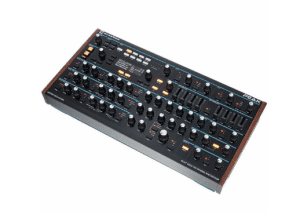
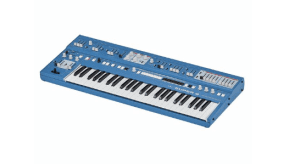

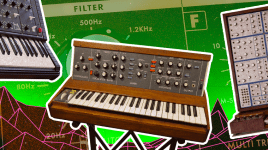
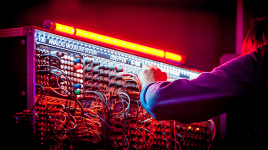

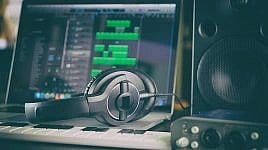
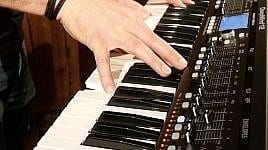
Chuck Taylor says:
when I started playing keyboards back in 1987 I was thoroughly convinced that hardware synthesizes are the way to go. over the course of years I’ve had rolling and Sonic Yamaha keyboards because I really like hardware. due to some unfortunate circumstances I lost all of my gear. and in 2004 one of my fellow employees gave me a copy of FL Studio known as fruity loops at that time. I did not think much of that software until I began to explore what is capabilities were. I have been using FL Studio since 2011 and the quality of the sounds has improved substantially however I do miss my first real synthesizer which was the Roland XP 50. though Roland has a virtual site that you can get those synthesizers sounds the processing and the unique way that Roland used and producing sounds. they changed the architecture of the synthesizer thus making it a lot alien to me when I bought the Roland X6. Roland is my preference as it relates to hardware systems.
Larry says:
It’s amazing to hear about your journey with keyboards and synthesizers – Thanks for sharing your story!